Advancements in Sensor Technology
Advancements in sensor technology are significantly influencing the IoT For Public Safety Market. The development of sophisticated sensors capable of real-time monitoring and data collection is enhancing the effectiveness of public safety measures. These sensors can detect various environmental factors, such as air quality, noise levels, and potential hazards, providing critical information to authorities. Recent statistics suggest that the integration of advanced sensors in public safety applications could reduce response times by up to 30%. This improvement is crucial for emergency services, as timely information can save lives and mitigate risks. Consequently, the ongoing evolution of sensor technology is a key driver in the expansion of the IoT For Public Safety Market.
Government Initiatives and Funding
Government initiatives play a pivotal role in the advancement of the IoT For Public Safety Market. Various governments are increasingly recognizing the importance of investing in smart technologies to enhance public safety. Funding programs aimed at developing IoT infrastructure for emergency services are being implemented across multiple regions. For instance, recent reports indicate that several countries have allocated substantial budgets to support the deployment of IoT solutions in public safety. This financial backing not only accelerates the adoption of innovative technologies but also fosters collaboration between public and private sectors. As a result, the market is likely to witness a significant influx of resources, further propelling the growth of IoT applications in public safety.
Integration of Smart City Initiatives
The integration of smart city initiatives is emerging as a crucial driver for the IoT For Public Safety Market. As cities evolve into smart environments, the need for interconnected systems that enhance public safety becomes paramount. Smart city projects often incorporate IoT technologies to streamline operations, improve resource management, and enhance citizen safety. Recent analyses suggest that cities investing in smart technologies can achieve a reduction in crime rates by up to 25%. This integration not only fosters a safer urban environment but also encourages collaboration among various stakeholders, including law enforcement, city planners, and technology providers. Thus, the alignment of public safety with smart city initiatives is likely to propel the growth of the IoT For Public Safety Market.
Growing Public Awareness and Engagement
Growing public awareness regarding safety issues is driving the IoT For Public Safety Market. Citizens are increasingly concerned about their safety and are advocating for the implementation of smart technologies that can enhance their security. This heightened awareness is prompting local governments and organizations to adopt IoT solutions that facilitate better communication and engagement with the public. For example, community alert systems powered by IoT technologies are becoming more prevalent, allowing authorities to disseminate information rapidly during emergencies. The trend indicates that as public demand for safety solutions rises, the market for IoT applications in public safety will likely expand, reflecting a shift towards more proactive safety measures.
Rising Demand for Enhanced Public Safety
The IoT For Public Safety Market is experiencing a notable surge in demand for enhanced public safety solutions. This demand is driven by increasing urbanization and the need for efficient emergency response systems. As cities expand, the complexity of managing public safety escalates, necessitating the integration of IoT technologies. According to recent data, the market for smart public safety solutions is projected to grow at a compound annual growth rate of over 20% in the coming years. This growth is indicative of a broader trend where municipalities are investing in IoT-enabled systems to improve surveillance, emergency response, and disaster management. The emphasis on real-time data collection and analysis is reshaping how public safety is approached, making it a critical driver in the IoT For Public Safety Market.
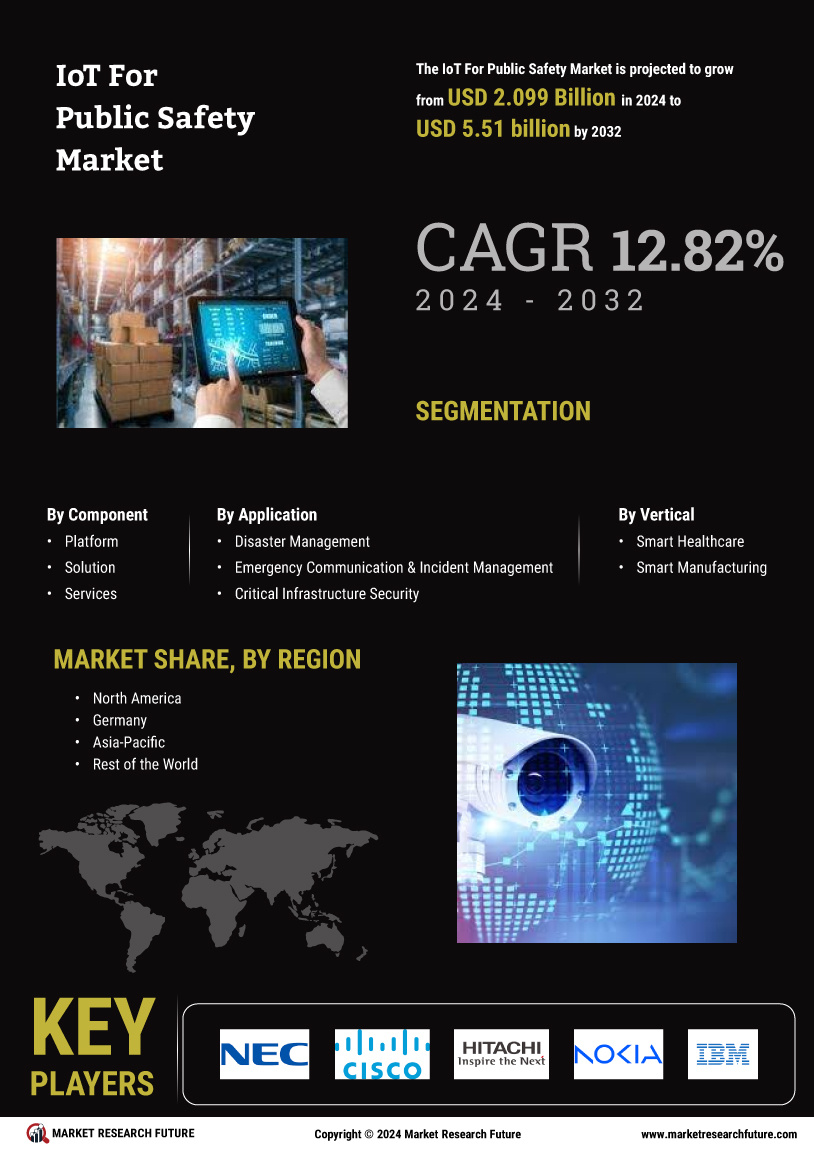

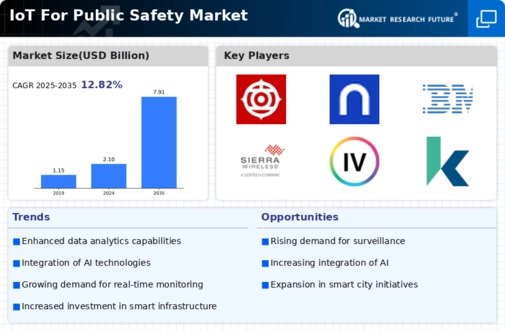
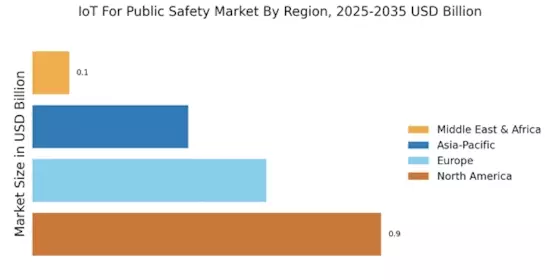

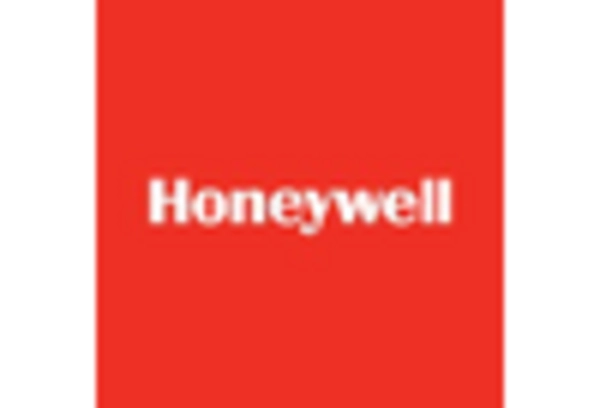


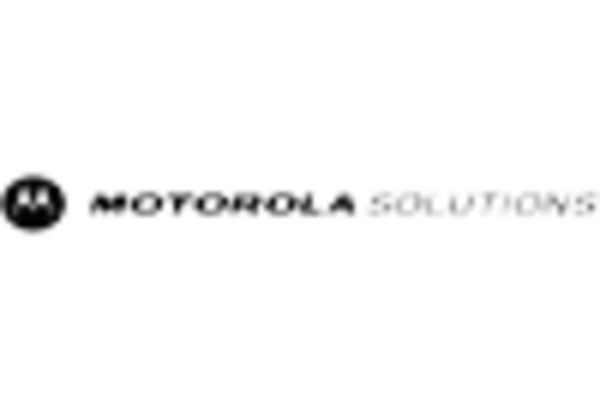









Leave a Comment